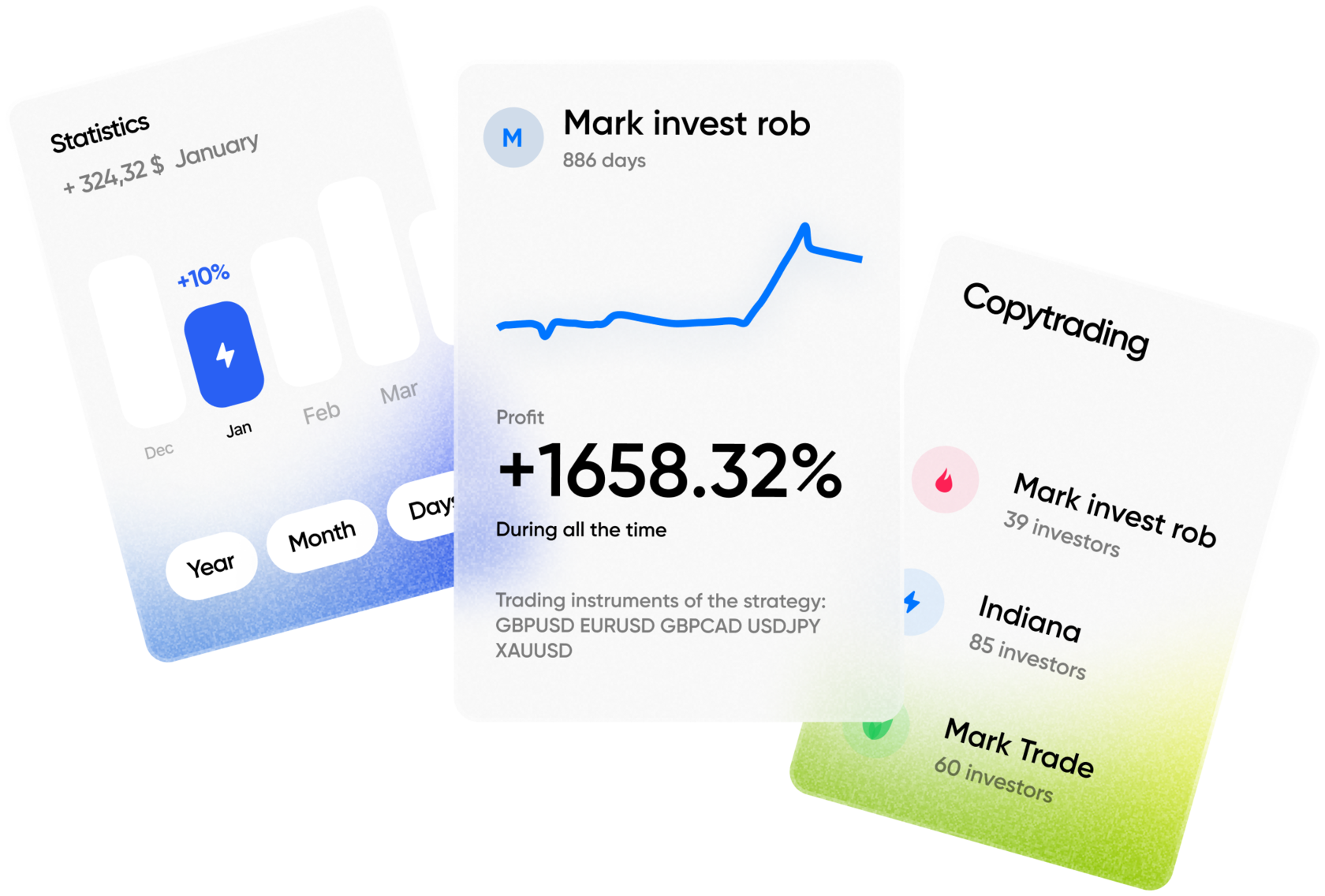Gold prices reached a new all-time high on Tuesday, April 1, 2025, as markets braced for the implementation of new U.S. trade tariffs, scheduled to come into effect today, April 2. The precious metal extended its rally for the fourth consecutive trading session, reflecting heightened investor interest amid geopolitical and economic uncertainties.
On the Comex division of the New York Mercantile Exchange, June gold futures briefly surged to a historical peak of $3,177.00 per troy ounce. This marked the highest price ever recorded for the commodity. Despite the intraday milestone, the price later retreated slightly, ending the trading session with a minor decline of 0.05%. The final closing price showed only a symbolic loss, indicating ongoing bullish momentum.
The recent upward movement in gold is largely attributed to increased demand for safe-haven assets. Investors are reacting to the imminent activation of new U.S. trade tariffs, which are expected to impact various sectors of the global economy. The tariffs, announced earlier this year, target imported goods from several major trading partners. Market participants anticipate potential disruptions in international supply chains and price volatility in affected industries.
According to Reuters, Mark Malek, Chief Investment Officer at SiebertNXT, highlighted growing concerns about the outlook for the U.S. economy. He pointed to recent macroeconomic indicators suggesting a potential slowdown. In particular, data released for March 2025 revealed a contraction in the U.S. manufacturing sector. This came after two months of modest growth, signaling potential weakness in industrial activity.
Additional labor market data showed a decrease in job openings. The number of available positions in the United States fell in February 2025, further supporting the narrative of a cooling economy. Economists and analysts are closely monitoring these figures for signs of a broader economic deceleration.
On Wall Street, the performance of major stock indices varied. The Dow Jones Industrial Average, S&P 500, and Nasdaq Composite closed the session with mixed results. Some sectors benefited from investor rotation into defensive stocks, while others faced pressure due to trade-related uncertainties.
In Europe, stock markets experienced a modest rebound following a sharp sell-off in the previous session. European indices, including the DAX in Germany and the CAC 40 in France, edged higher during the day. The prior decline had been driven by fears over the impact of U.S. tariffs, especially on export-oriented companies and sectors exposed to global trade dynamics.
Assets most sensitive to U.S. trade policy, such as automobiles, industrial machinery, and certain technology stocks, remained under scrutiny. European investors took a more cautious stance, prompting a corrective move in equities that had been heavily sold the day before.
Currency markets were also active. The U.S. dollar showed limited movement amid conflicting signals from economic data and central bank expectations. Meanwhile, yields on U.S. Treasury bonds fluctuated as traders assessed the implications of slower growth and persistent inflationary risks.
Precious metals beyond gold also saw movement. Silver and platinum prices climbed moderately, supported by the broader trend in safe-haven demand. Analysts note that continued investor appetite for metals may persist if economic and geopolitical concerns remain elevated.
The market remains focused on developments surrounding U.S. trade policy and the Federal Reserve’s upcoming statements. Investors are expected to scrutinize future economic releases, including the upcoming March employment report, for additional clues on monetary policy and growth trends.







